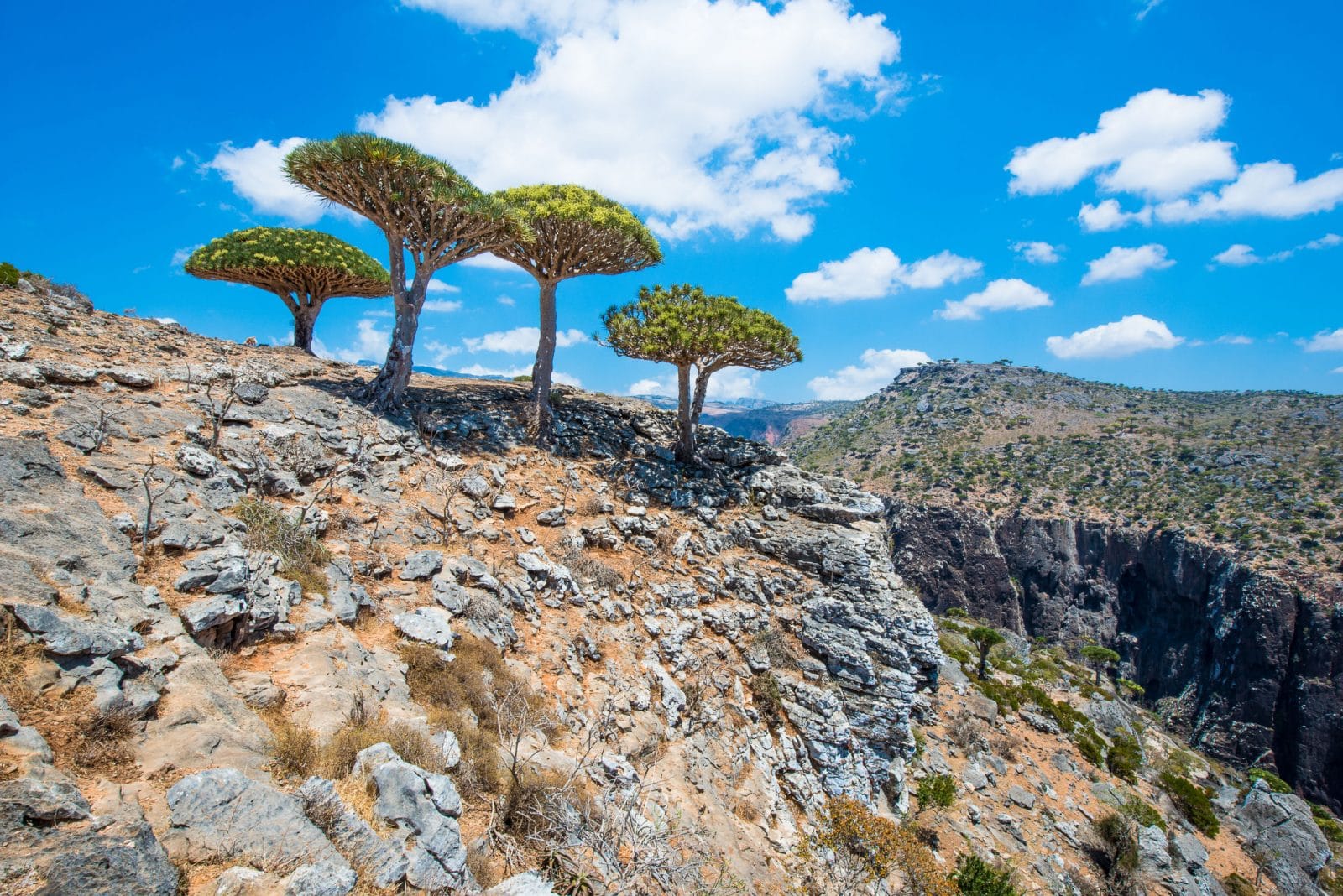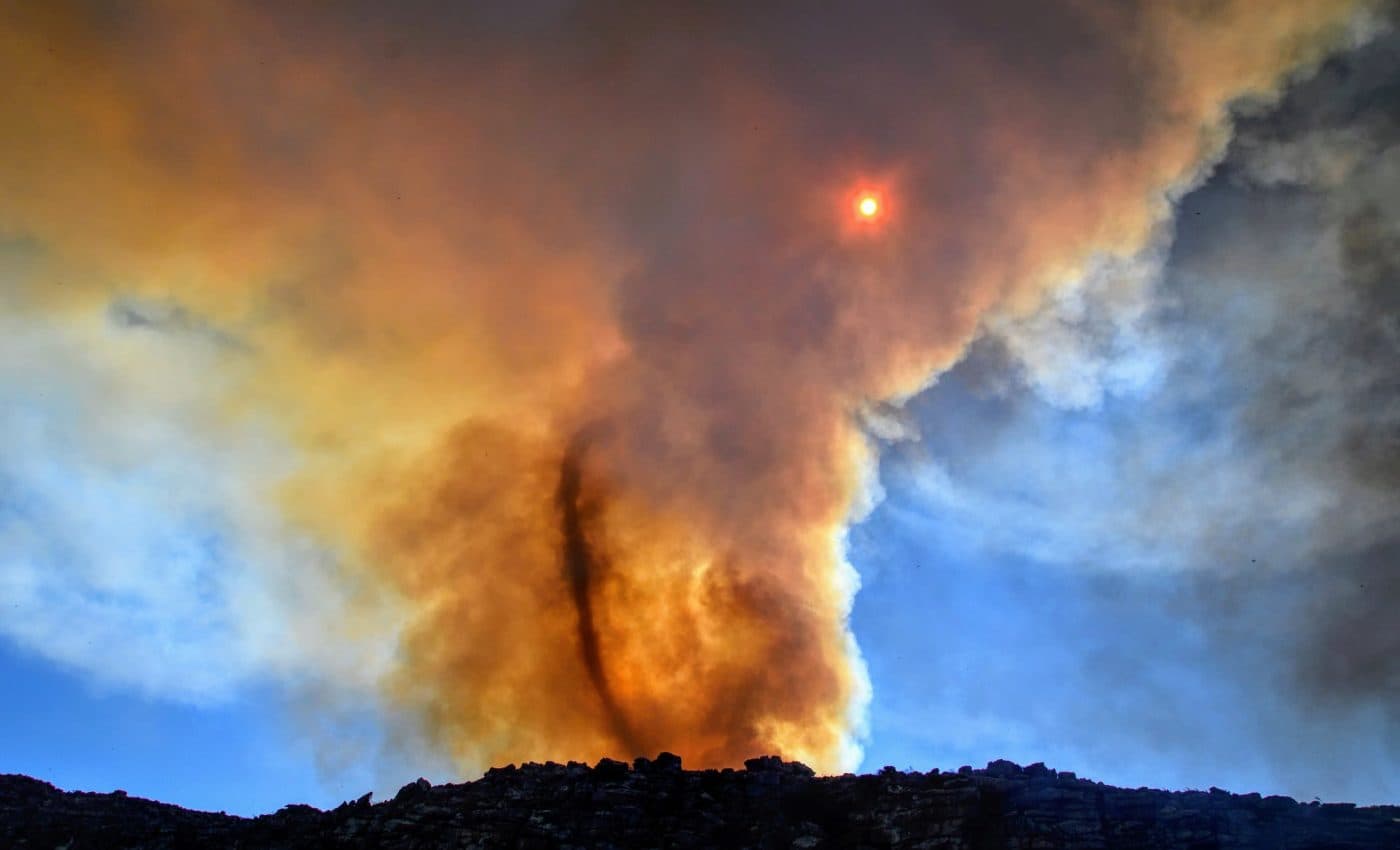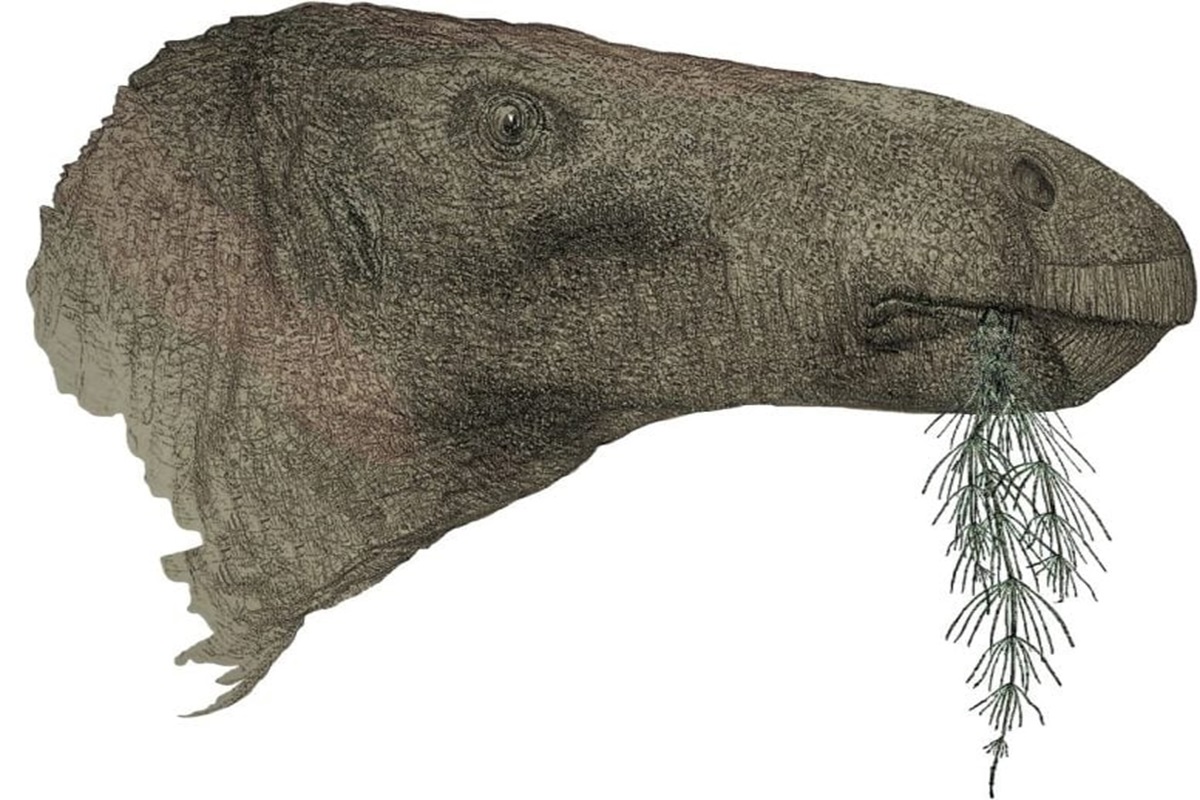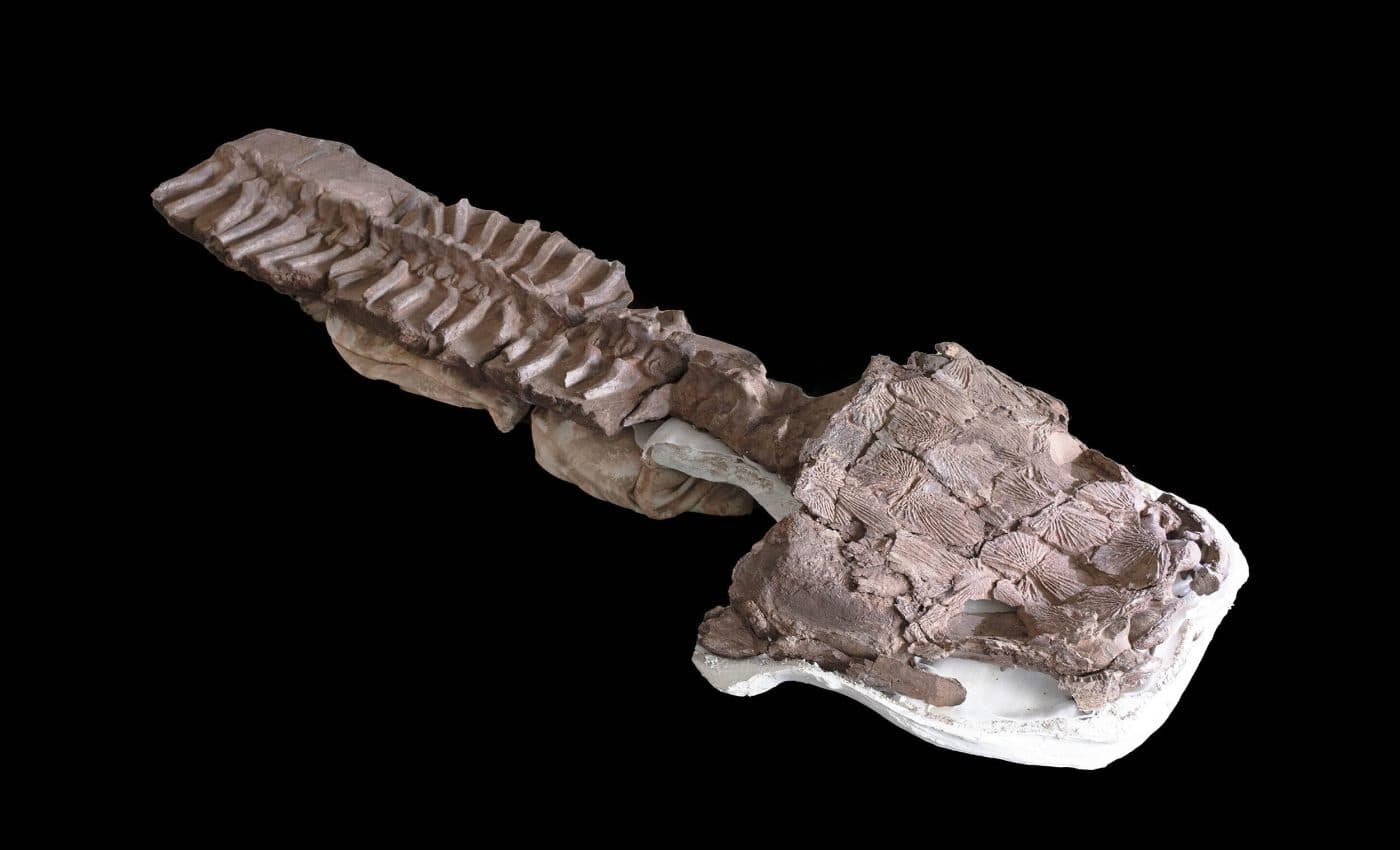Introduction
Imagine a farm that’s not just productive but also teeming with life. It’s a place where every plant, insect, and animal plays a role in keeping the system healthy. Sounds like a dream? It’s not. In 2024, this vision is becoming a reality for many farmers who recognize the crucial role of biodiversity in farming. Biodiversity, simply put, is the variety of life within an ecosystem. It’s not just a buzzword—it’s the backbone of a resilient and sustainable farm.
Let’s dive into why biodiversity in farming matters today. Whether you’re a seasoned farmer, a curious environmentalist, or someone with a green thumb, this is for you.
The Current State of Biodiversity in Farming
Declining Biodiversity: A Growing Problem
Here’s the thing: farming has changed a lot over the years, and not always for the better. We’ve been so focused on cranking out more food that we’ve forgotten about the variety of life that makes it all possible. Since the 1900s, about 75% of crop diversity has vanished, according to the Food and Agriculture Organization (FAO). It’s like trying to win a game of poker with only one type of card—risky and often a losing strategy.
Monoculture—where a single crop is grown over a large area—has taken over much of agriculture. Sure, it boosts short-term yields, but it also leaves farms vulnerable. Think of it as putting all your eggs in one basket. One bad weather event, one pest outbreak, and you’re in trouble.
But it’s not just the farms that suffer. The whole environment takes a hit. Soil health declines, water quality worsens, and food security is at risk. It’s a domino effect that starts with losing biodiversity.
Impact on Ecosystems and Crops
When biodiversity dwindles, the services that nature provides start to break down. You might not think about it, but a diverse range of plants and animals helps keep your farm running smoothly. For example, different plant species can enrich the soil, prevent erosion, and support pollinators. These are not just nice-to-haves—they’re essential.
Imagine trying to run a car without oil. It might work for a while, but eventually, it’ll seize up. That’s what happens to a farm when biodiversity is lost. The soil becomes less fertile, crops become less healthy, and you end up with lower yields.
Research backs this up. Farms with more plant diversity often have better soil quality and higher crop yields. This isn’t just academic talk—it’s something you can see and feel on the farm.
Food Security and Biodiversity
Now, let’s talk about food security. It’s not just about having enough food; it’s about having the right kinds of food. Monoculture might produce a lot of one thing, but what happens when that one crop fails? You’re left with nothing. On the other hand, a diverse farm is like a well-stocked pantry—if one item goes bad, you’ve got plenty of others to rely on.
In a world where climate change is making everything more unpredictable, having that diversity is more important than ever. It’s like having an insurance policy for your farm.
The Benefits of Boosting Biodiversity in Farming
Healthier Soil, Healthier Crops
Let’s get down to brass tacks: healthy soil equals healthy crops. When you promote biodiversity in farming, you’re not just planting different crops—you’re creating a rich, vibrant ecosystem. Different plants contribute organic matter to the soil, making it more fertile and resilient. Cover crops, for instance, protect the soil from erosion, retain moisture, and add nutrients.
I’ve seen it firsthand. On farms where a variety of crops are grown, the soil is darker, richer, and full of life. It’s like comparing a lush garden to a barren desert. The difference is night and day.
Natural Pest Control
No one likes pests, but they’re a fact of life. The good news? Biodiversity in farming can help you fight them naturally. When you have a mix of plants and animals, you create a balanced ecosystem where beneficial insects can thrive. These natural predators keep the pests in check, reducing your need for chemical pesticides.
Think of it as having a security team on your farm—only this team is made up of ladybugs, spiders, and birds. They do the work for you, and they don’t ask for much in return.
Cutting back on chemicals isn’t just good for the environment; it’s good for your wallet too. Fewer chemicals mean lower costs and a healthier farm overall.
Resilience Against Climate Change
We all know the weather is getting crazier every year. Droughts, floods, unseasonal frosts—these are the new normal. But here’s where biodiversity in farming shines. A diverse farm is better equipped to handle whatever Mother Nature throws its way. When you have a variety of crops and livestock, something is likely to survive, no matter the conditions.
It’s like having a backup plan for your backup plan. If one crop fails, another might thrive. This resilience is what will keep farms afloat as climate change continues to disrupt traditional farming practices.
Best Practices for Promoting Biodiversity in Farming
Real-World Examples
There are plenty of ways to boost biodiversity in farming, and some farms are already leading the way. Take Polyface Farm in Virginia, USA. They use rotational grazing and grow a mix of crops to create a self-sustaining ecosystem. This approach not only improves soil health but also cuts down on the need for chemicals.
Or look at the Masumoto Family Farm in California. They plant a variety of fruit trees, which supports local wildlife and enriches the soil. It’s a win-win: they get high-quality fruit, and the environment benefits too.
These farms are proving that biodiversity isn’t just good for the environment—it’s good for business.
Related Post: The Positive Impact of Traditional Farming on Plant Diversity
Simple Steps to Get Started
So, how can you start promoting biodiversity in farming? It doesn’t have to be complicated. Start by planting cover crops—they’re great for the soil and help prevent erosion. Try rotating your crops to give the soil a break and reduce pest problems. You can also plant hedgerows or wildflower strips to attract pollinators and beneficial insects.
Even small changes can make a big difference. Think of it as adding a few more tools to your farming toolkit. Each one helps build a stronger, more resilient farm.
The Future of Biodiversity in Farming
Technology Meets Tradition
The future of biodiversity in farming is a blend of new technology and traditional wisdom. Precision agriculture tools like drones and soil sensors are making it easier to monitor and manage biodiversity on farms. These tools help farmers see what’s happening in real-time, allowing them to make informed decisions that support biodiversity.
But it’s not just about the tech. It’s about using technology to enhance what we already know works—like rotating crops and planting diverse species. It’s a partnership between the old and the new, creating a future where farming is both productive and sustainable.
Policy and Consumer Power
Let’s not forget the role of policy and consumer demand. Governments can incentivize biodiversity-friendly practices through subsidies and grants. Meanwhile, consumers are becoming more aware of where their food comes from and how it’s produced. They’re willing to pay a premium for products that are grown sustainably.
This shift is pushing the market toward more biodiverse farming systems. It’s a reminder that we’re all in this together—farmers, consumers, and policymakers. Each has a role to play in promoting biodiversity in farming and creating a sustainable food system.
Make Biodiversity a Priority
If you’re a farmer, now is the time to make biodiversity in farming a priority. Start small if you need to—plant a few cover crops, diversify your rotations, or set aside a part of your land for wildlife. Every little bit helps.
And if you’re not a farmer? You can still make a difference. Support local farmers who practice sustainable farming, and choose products that are grown with biodiversity in mind. Your choices matter.
Simple Changes, Big Impact
Enhancing biodiversity in farming doesn’t require a complete overhaul of your practices. Sometimes, it’s the simple changes that have the biggest impact. Whether it’s planting a new crop or reducing chemical use, every action counts.
Remember, farming is a marathon, not a sprint. The steps you take today will pay off in the long run, creating a farm that’s not just productive, but truly alive.
Conclusion
Biodiversity in farming isn’t just an environmental concern; it’s a necessity. Healthier soil, natural pest control, and resilience against climate change are just a few of the benefits. By embracing biodiversity, we can create farms that are not only more sustainable but also more successful.
So let’s commit to making biodiversity in farming a cornerstone of modern agriculture. Together, we can build a future where farms thrive, ecosystems flourish, and food security is ensured for generations to come.









